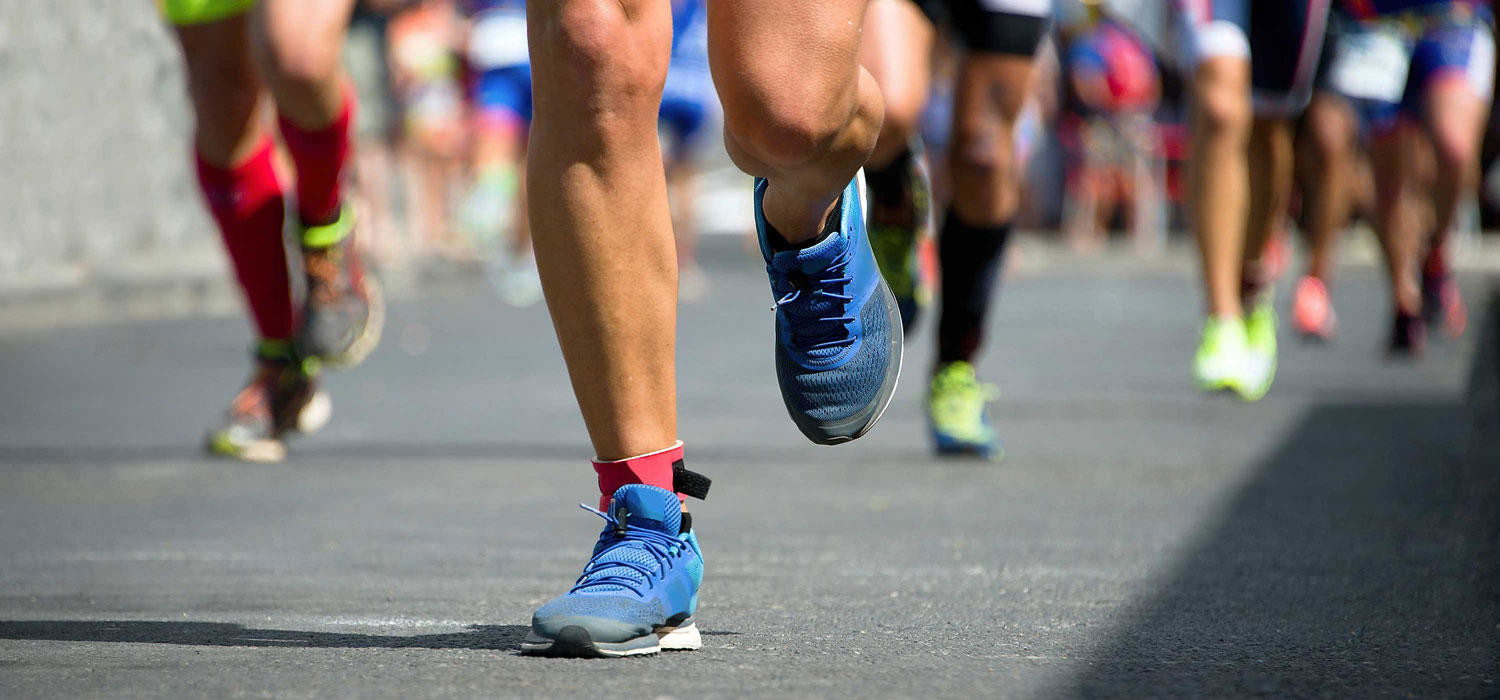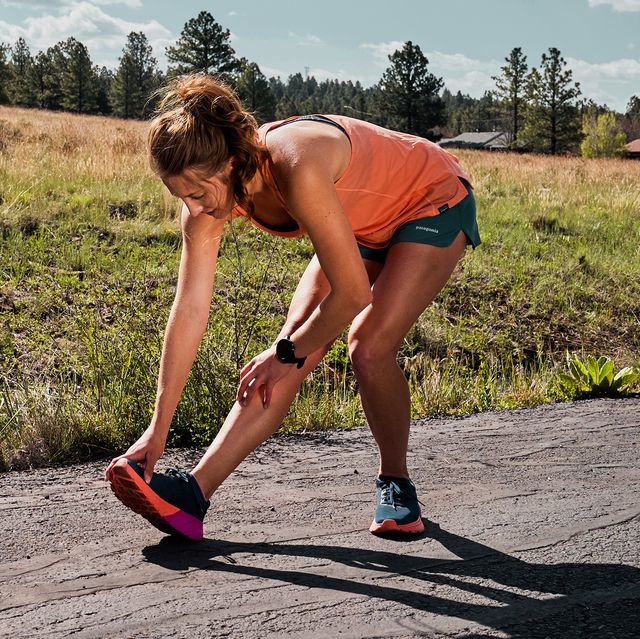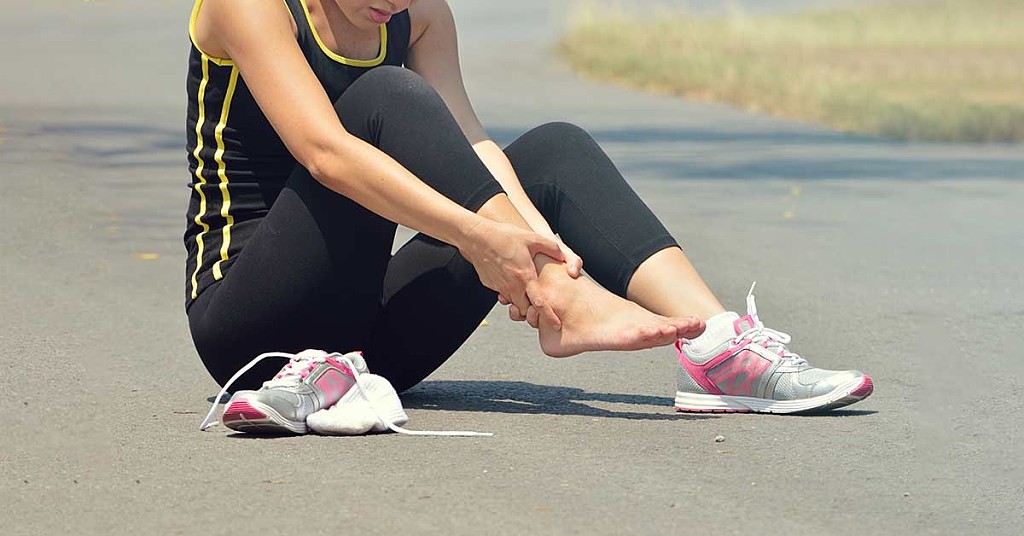Running News Daily
Running News Daily is edited by Bob Anderson. Send your news items to bob@mybestruns.com Advertising opportunities available. Train the Kenyan Way at KATA Kenya and Portugal owned and operated by Bob Anderson. Be sure to catch our movie A Long Run the movie KATA Running Camps and KATA Potato Farms - 31 now open in Kenya! https://kata.ke/
Index to Daily Posts · Sign Up For Updates · Run The World Feed
Predicting running injuries
A recent journal article on running injuries starts with this gem as its first sentence: “Runners are subject to a high incidence of lower extremity injury of between approximately 20% to 80%.” This pseudo-stat, which originated in a 2007 systematic review by Dutch researchers, is a kind of running joke among researchers in the field—an opening line that admits that we basically don’t know anything about who gets injured and why.
It’s particularly appropriate in this case, because the new study ends up highlighting the depths of our ignorance. Researchers at Dublin City University, led by physiotherapist Sarah Dillon, explored whether it’s possible to predict which runners are most likely to get injured based on tests of simple characteristics like strength, flexibility, foot position, and asymmetry. The results, which appear in Medicine and Science in Sports and Exercise, don’t say much for our ability to predict the future, but have some important implications for how we think about injury risk.
The study involved 223 recreational runners, divided into three groups. One group consisted of 116 people who had suffered a running-related lower-body injury between three and 12 months prior. The second group was 61 people who had been injured more than two years prior but were subsequently healthy. And the third was 46 unicorns who had never suffered a running injury, defined as pain that caused them to restrict or stop training for at least seven days or three consecutive sessions, or consult a physician or other health care professional.

Runners who had been injured less than three months ago were excluded, to ensure that everyone was healthy. So were those injured between one and two years ago, to ensure a clear distinction between recently injured runners and those who seemed to have reacquired injury resistance. That’s important, because numerous studies (including the 2007 review) have concluded that one of the best predictors of future injury is previous injury. If you’ve been hurt and then stayed healthy for two or more years, you’re beating the odds.
All these runners came into the lab for a series of tests. Strength was assessed for various hip, knee, and ankle movements. Hip and ankle flexibility was measured, as were foot posture index and navicular drop, which both assess how much your foot pronates (rolls inward) or supinates (rolls outward). For each of these measures, an asymmetry index was calculated based on the differences between right and left side.

The results are pretty easy to sum up. The recently injured, injury-free for two years, and never-injured runners had, on average, essentially the same characteristics. In fact, the minor differences that did emerge were the opposite of what you’d expect: the never-injured runners had weaker calves than both injured groups, and weaker hip abductors than the recently injured runners. That’s bad news for the hope of injury-proofing yourself by doing a few simple tests, identifying key weaknesses, and fixing them with targeted exercises.
The two possible explanations floated by the researchers is that recently injured runners had equal or greater strength because they’d been diligently doing rehab exercises. Indeed, 87 percent of the recently injured runners reported doing a rehab protocol—though in my anecdotal experience that generally involves being given a sheet of paper with some exercises on it, half-assing them for a few weeks, and then getting bored and forgetting about it. Another possibility is that injured runners developed compensatory movement patterns that strengthened uninjured muscles while covering for the injured ones.
More likely, in my view, is that a broad approach that lumps all running injuries together is doomed to failure. Maybe people who develop runner’s knee have, say, slightly weaker hips, and people who develop shin splints have slightly weaker ankle dorsiflexors, and people who develop plantar fasciitis have slightly tighter calves, and so on. Throw them all together in one group, and none of those warning signs will be statistically significant overall.
If you’re searching for root causes and pondering the eternal philosophical question of why bad injuries happen to good people, then these caveats matter. Despite the new study’s non-result, it’s still possible that there is an anatomical reason for your injury, rather than just a bad roll of the dice. The current tests just aren’t sensitive enough to pick it up. But in practice, if you’re actually trying to predict and prevent injuries, that’s a problem.
If all this seems a bit depressing, it’s worth remembering that running injuries, unlike hamstrings strains, don’t generally happen instantly. They build up slowly, a consequence of too much, too soon, for too long. Transient aches and pains are probably a much better indicator than any screening test of what weaknesses and imbalances you need to address. And if you do get injured, don’t be too hard on yourself: despite what your therapist may tell you with the benefit of hindsight, nobody really saw it coming.
by Alex Hutchinson
Login to leave a comment




